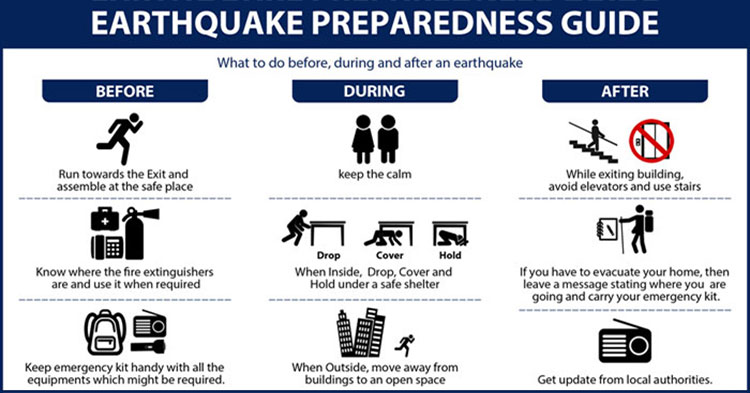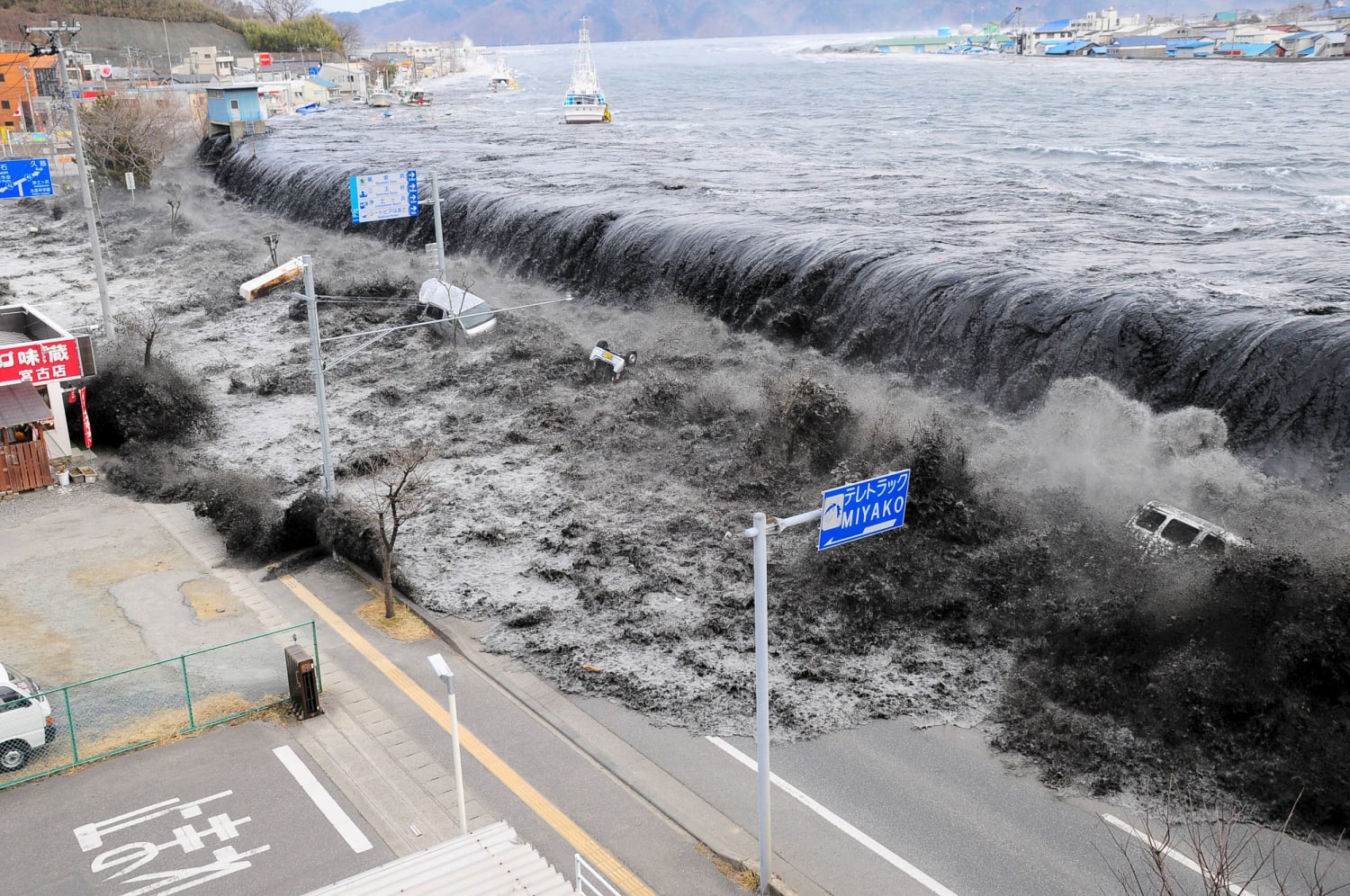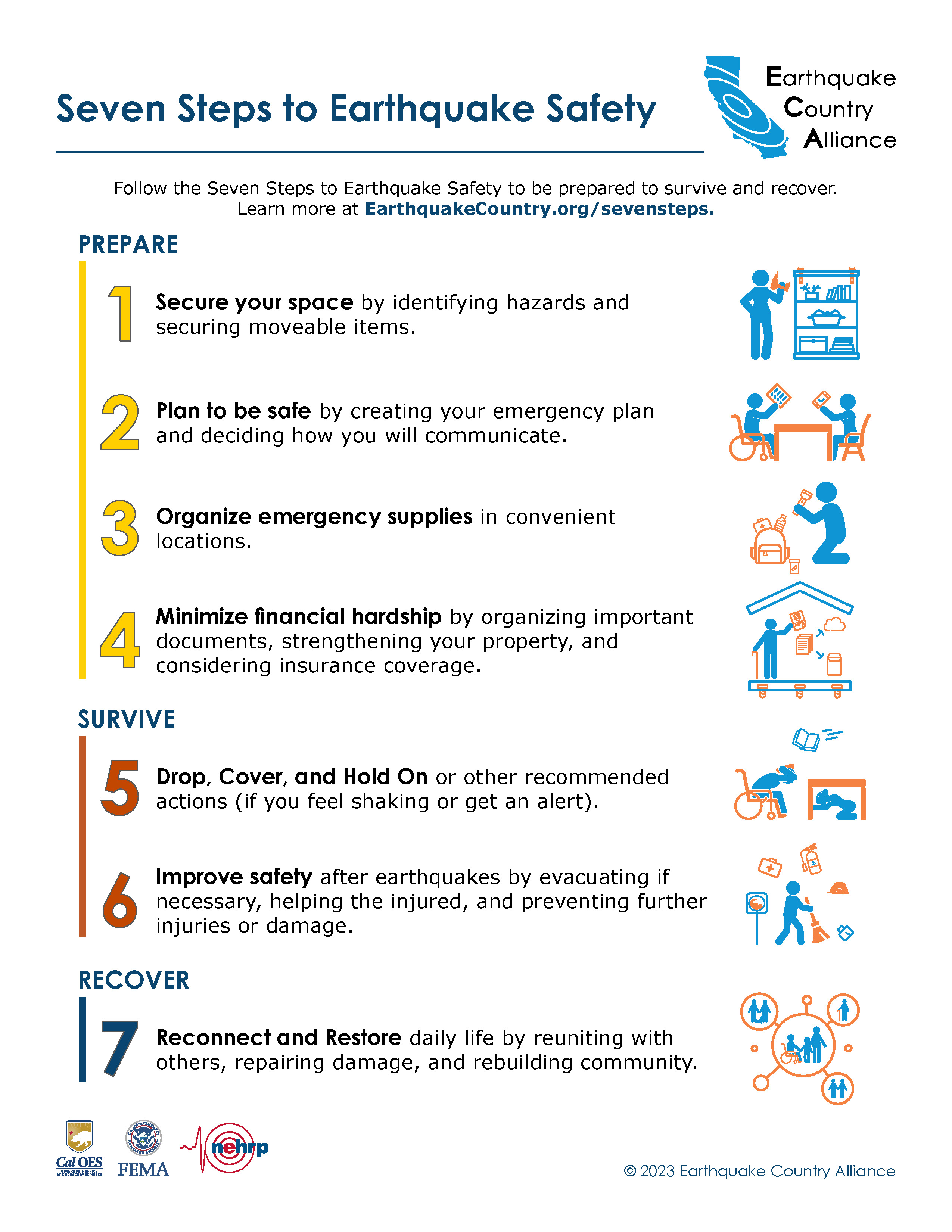Complete Guide to Earthquakes: Understanding, Preparing, and Staying Safe in 2024
Complete Guide to Earthquakes: Understanding, Preparing, and Staying Safe in 2024
- What Are Earthquakes and How Do They Occur?
- Recent Major Earthquakes: 2024 Japan and Beyond
- Essential Earthquake Preparedness Guide
- Critical Safety Measures During an Earthquake
- Understanding Regional Earthquake Risks in the US
- Building Safety and Seismic Codes
- Tsunami Awareness and Coastal Safety
- Recovery and Aftermath: Lessons Learned
- Frequently Asked Questions
Earthquakes remain one of nature's most unpredictable and devastating forces, capable of striking without warning and causing widespread destruction in mere seconds. The year 2024 has already demonstrated the continuing threat these geological events pose to communities worldwide, from the devastating Noto Peninsula earthquake in Japan to smaller but significant seismic activities across the United States. Understanding earthquakes, preparing for their impact, and knowing how to respond can mean the difference between life and death.

What Are Earthquakes and How Do They Occur?
Earthquakes are sudden releases of energy in the Earth's crust, typically caused by the movement of tectonic plates along fault lines. These massive rock formations, floating on the semi-liquid mantle beneath, are in constant slow motion, creating stress and tension at their boundaries. When this accumulated stress exceeds the strength of the rocks, they rupture suddenly, sending seismic waves radiating outward from the epicenter.
The Science Behind Seismic Activity
The Earth's lithosphere consists of several major and minor tectonic plates that move at rates of centimeters per year. At convergent boundaries, plates collide and one slides beneath another in a process called subduction. At divergent boundaries, plates move apart, creating new oceanic crust. Transform boundaries see plates sliding past each other horizontally. Each type of boundary can generate earthquakes, but the most powerful typically occur at convergent and transform boundaries.

Earthquake magnitude is measured using the Richter scale or the more modern Moment Magnitude Scale (Mw), with each whole number increase representing a ten-fold increase in amplitude and roughly 32 times more energy release. A magnitude 7.0 earthquake releases approximately 1,000 times more energy than a 5.0 earthquake, illustrating why even seemingly small increases in magnitude can result in dramatically different levels of destruction.
Recent Major Earthquakes: 2024 Japan and Beyond
The 2024 Noto Peninsula Earthquake: A Case Study in Modern Seismic Impact
On January 1, 2024, a magnitude 7.5 earthquake struck Japan's Noto Peninsula, serving as a stark reminder of earthquake vulnerability even in the world's most prepared nation. The earthquake, reaching the maximum intensity of 7 on Japan's seismic scale, claimed 281 lives and injured nearly 600 people, demonstrating that even advanced earthquake preparedness cannot eliminate all risks.

The Noto earthquake was particularly destructive due to several factors: its shallow depth, which amplified ground shaking; the presence of older wooden buildings with heavy tile roofs that collapsed under seismic stress; and cascading hazards including landslides, fires, and tsunamis. The earthquake's intense uplift extended the coastline by up to 820 feet, forever altering the geography of the affected region.
Lessons from Global Seismic Events
The 2023 Turkey-Syria earthquake doublet (magnitudes 7.8 and 7.7) that killed approximately 60,000 people highlighted the deadly combination of poor building standards and high population density. In contrast, Taiwan's magnitude 7.4 earthquake near Hualien in 2024 resulted in only 18 deaths despite affecting over 15 million people, largely due to improved building codes implemented after the devastating 1999 Chi-Chi earthquake.
Essential Earthquake Preparedness Guide
Creating Your Emergency Plan
Effective earthquake preparedness begins long before the ground starts shaking. Every household should develop a comprehensive emergency plan that includes meeting points, communication strategies, and evacuation routes. Family members should practice "Drop, Cover, and Hold On" drills regularly, ensuring everyone knows to drop to hands and knees, take cover under a sturdy desk or table, and hold on until shaking stops.

Essential Emergency Supplies
A well-stocked emergency kit can sustain a family for at least 72 hours without outside assistance. The kit should include one gallon of water per person per day, non-perishable food for three days, battery-powered or hand-crank radio, flashlight, first aid kit, extra batteries, whistle for signaling help, dust mask, plastic sheeting and duct tape, moist towelettes, garbage bags, wrench or pliers to turn off utilities, manual can opener, local maps, and cell phone with chargers.

Securing Your Home
Home earthquake preparation involves securing furniture, appliances, and other items that could become dangerous projectiles during shaking. Tall bookcases, water heaters, and refrigerators should be secured to walls using appropriate brackets and straps. Heavy items should be stored on lower shelves, and breakable items should be secured with museum wax or safety latches on cabinets.
Critical Safety Measures During an Earthquake
Indoor Safety Protocols
When indoors during an earthquake, the safest action is to immediately drop to hands and knees, take cover under a sturdy desk or table, and hold on to your shelter while protecting your head and neck with your arms. If no table is available, cover your face and head with your arms and crouch in an inside corner of the building. Do not run outside, as most injuries occur when people are struck by falling debris near building exits.
Outdoor and Vehicle Safety
If outdoors when shaking begins, move away from buildings, streetlights, and utility wires. Once in the open, drop to the ground and stay there until shaking stops. If driving, pull over safely, avoid overpasses and bridges, stay in the vehicle until shaking stops, then proceed cautiously, watching for road damage and avoiding damaged bridges and ramps.

Understanding Regional Earthquake Risks in the US
West Coast Seismic Zones
California faces the highest earthquake risk in the United States due to the San Andreas Fault system and numerous other active faults. The state experiences thousands of small earthquakes annually, with major events like the 1994 Northridge earthquake (magnitude 6.7) serving as reminders of the region's vulnerability. Recent seismic activity, including the December 2024 magnitude 7.0 earthquake near Ferndale, California, underscores the ongoing threat.
Central and Eastern US Risks
While less frequent, earthquakes in the central and eastern United States can be particularly destructive due to the geological differences in rock structure that allow seismic waves to travel farther with less attenuation. The New Madrid Seismic Zone in Missouri and the Charleston, South Carolina, area represent significant earthquake hazards for millions of Americans living in these regions.
Building Safety and Seismic Codes
Evolution of Earthquake-Resistant Construction
Modern building codes have evolved significantly since the early 20th century, incorporating lessons learned from each major earthquake. Features like base isolation systems, moment-resisting frames, and flexible connections allow buildings to absorb and dissipate seismic energy rather than transferring it directly to occupants. However, many older buildings, particularly those constructed before 1970s building code improvements, remain vulnerable to earthquake damage.

Retrofitting and Upgrades
Seismic retrofitting involves strengthening existing structures to better withstand earthquake shaking. Common retrofitting measures include foundation bolting, cripple wall bracing, soft-story strengthening, and unreinforced masonry upgrades. California's mandatory soft-story retrofitting program, implemented after studies showed the vulnerability of certain apartment buildings, exemplifies proactive approaches to reducing earthquake risk.
Tsunami Awareness and Coastal Safety
Understanding Tsunami Generation and Risk
Tsunamis are often triggered by underwater earthquakes, particularly those involving vertical seafloor displacement. The 2024 Noto earthquake generated tsunamis reaching nearly 24 feet in some areas, demonstrating that even moderate-magnitude earthquakes can produce deadly waves under certain conditions. Submarine landslides, triggered by earthquake shaking, can also generate unexpected tsunamis.

Coastal Evacuation Strategies
Coastal residents must understand natural warning signs of tsunamis: strong earthquake shaking, unusual ocean behavior such as rapid recession of water, or loud roaring sounds from the ocean. When any of these signs occur, immediate evacuation to higher ground or inland areas is essential. Pre-planned evacuation routes and practice drills can save precious minutes when every second counts.
Recovery and Aftermath: Lessons Learned
Immediate Response and Long-term Recovery
Post-earthquake recovery involves both immediate life-safety concerns and long-term community rebuilding. The Noto earthquake demonstrated that indirect deaths from evacuation conditions, medical delays, and emotional stress can equal or exceed direct earthquake casualties. Effective recovery requires coordinated efforts addressing housing, healthcare, infrastructure repair, and economic recovery.
Community Resilience Building
Resilient communities invest in earthquake preparedness before disasters strike. This includes retrofitting critical infrastructure, conducting regular drills, maintaining emergency supplies, and fostering neighborhood networks that can provide mutual aid during crises. Japan's neighborhood association system, which played a crucial role in the Noto earthquake response, illustrates the importance of community-level preparedness.

Frequently Asked Questions
Can earthquakes be predicted?
Currently, scientists cannot predict exactly when or where earthquakes will occur. However, they can identify areas at higher risk and estimate probabilities over longer time periods. Earthquake early warning systems can provide seconds to minutes of warning after an earthquake begins, but cannot predict earthquakes before they start.
What magnitude earthquake is considered dangerous?
Earthquakes of magnitude 5.0 and above can cause damage to poorly constructed buildings. Magnitude 6.0-6.9 earthquakes can be destructive in populated areas, while magnitude 7.0 and above are considered major earthquakes capable of widespread destruction. However, factors like depth, distance, soil conditions, and building quality significantly influence actual damage levels.
How long do earthquake aftershocks last?
Aftershocks can continue for days, weeks, months, or even years after a major earthquake. The Noto Peninsula earthquake continues to produce aftershocks nearly a year later. Generally, aftershock frequency decreases over time, but significant aftershocks can occur long after the main event.
Should I run outside during an earthquake?
No, you should not run outside during earthquake shaking. Most earthquake injuries occur when people are struck by falling debris near building exits or while trying to move during shaking. The safest action is to "Drop, Cover, and Hold On" wherever you are until shaking stops.
How often should I update my emergency kit?
Emergency kits should be checked every six months. Replace expired food, water, medications, and batteries. Update important documents and contact information. Consider seasonal needs and ensure clothing and supplies are appropriate for current weather conditions.
Conclusion and Call to Action
Earthquakes remain an unavoidable natural hazard that can strike anywhere, anytime. The lessons from recent events like the 2024 Noto earthquake, combined with decades of scientific research and practical experience, provide clear guidance on how individuals, families, and communities can better prepare for and respond to seismic events. While we cannot prevent earthquakes, we can significantly reduce their impact through proper preparation, education, and community resilience building.
Take Action Today
Don't wait for the next earthquake to strike. Start your earthquake preparedness journey now:
- Create your family emergency plan and practice it regularly
- Assemble your emergency supply kit with essentials for 72 hours
- Secure furniture and appliances in your home
- Learn about earthquake risks in your area
- Consider seismic retrofitting for older homes
- Stay informed about earthquake science and safety
Your preparation today could save lives tomorrow.

